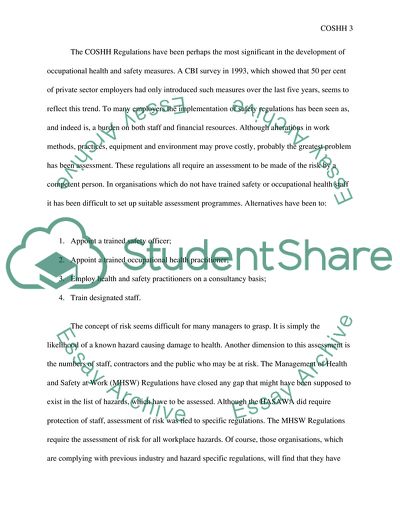Cite this document
(The Role of the Occupational Physician Assignment, n.d.)
The Role of the Occupational Physician Assignment. https://studentshare.org/health-sciences-medicine/1704906-discuss-the-role-of-the-occupational-physician-in-implementing-the-coshh-regulations
The Role of the Occupational Physician Assignment. https://studentshare.org/health-sciences-medicine/1704906-discuss-the-role-of-the-occupational-physician-in-implementing-the-coshh-regulations
(The Role of the Occupational Physician Assignment)
The Role of the Occupational Physician Assignment. https://studentshare.org/health-sciences-medicine/1704906-discuss-the-role-of-the-occupational-physician-in-implementing-the-coshh-regulations.
The Role of the Occupational Physician Assignment. https://studentshare.org/health-sciences-medicine/1704906-discuss-the-role-of-the-occupational-physician-in-implementing-the-coshh-regulations.
“The Role of the Occupational Physician Assignment”. https://studentshare.org/health-sciences-medicine/1704906-discuss-the-role-of-the-occupational-physician-in-implementing-the-coshh-regulations.


